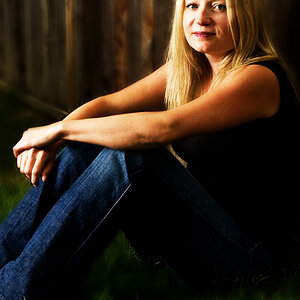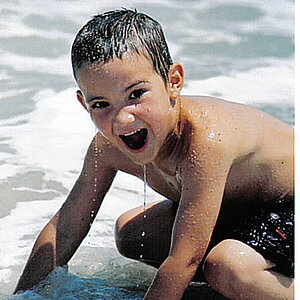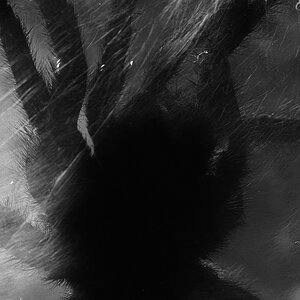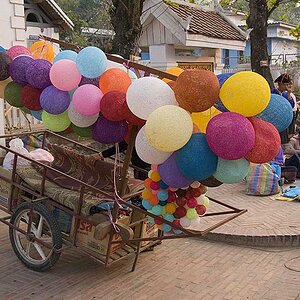alohahannah
TPF Noob!
- Joined
- Jun 30, 2015
- Messages
- 4
- Reaction score
- 2
- Can others edit my Photos
- Photos NOT OK to edit
I work a full-time job and recently graduated with my masters. I found myself increasingly bored after work as I did not have any homework or research. My parents have a Canon Rebel T1i that they rarely use, so I picked it up, started shooting, and have done some research/practice along the way. I'll be the first to admit that I am an amateur, and I do not pretend to know everything about photography. Anyhow, this photo of my nephew is probably my favorite thus far. Hindsight, I would have not cut off his chin and the top of his head, and the right-side (left on the picture) of his face may have too much of a shadow. I chose a gray-scale because I was trying to highlight his blonde hair/blue eyes, but the background lighting/color distracted from those features. I shot with a 50mm f/1.8 lens.
Am I on the right track? Thanks! -HannahView attachment 104313
Am I on the right track? Thanks! -HannahView attachment 104313



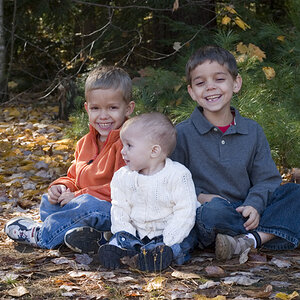
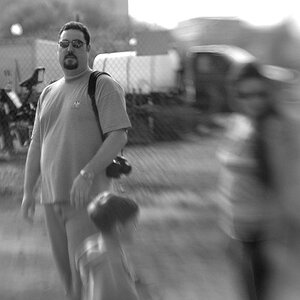
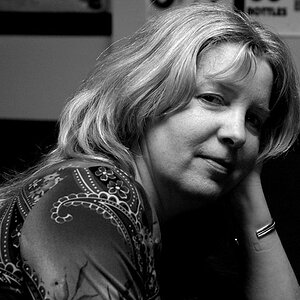
![[No title]](/data/xfmg/thumbnail/32/32703-dc864e762c9e91088156fdcab4aeea33.jpg?1619735606)


